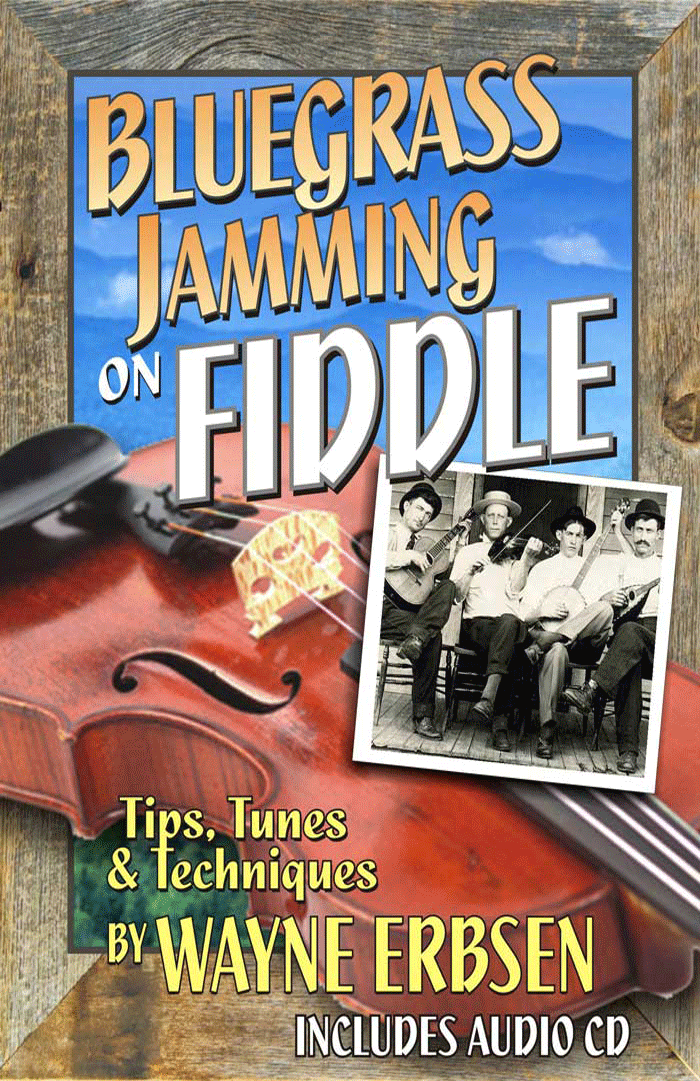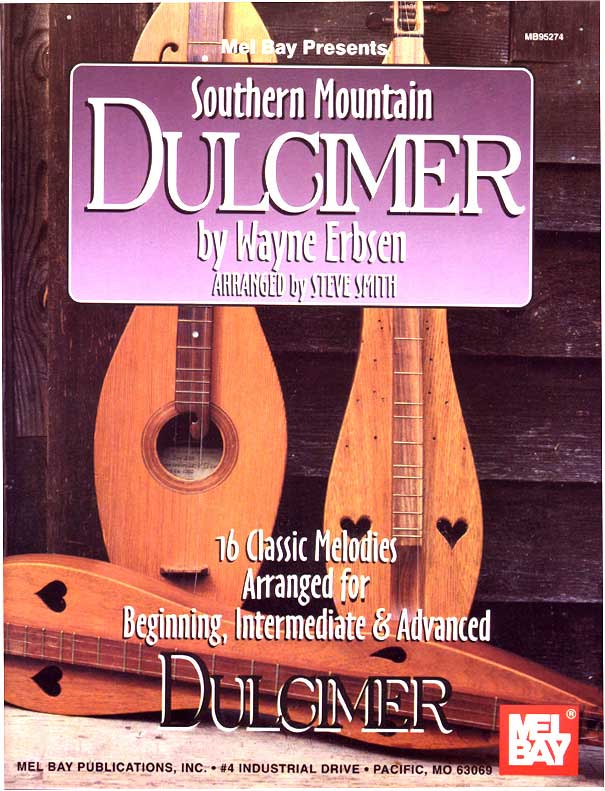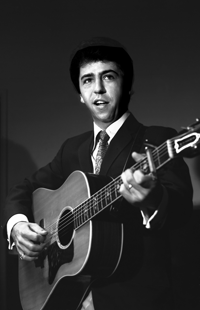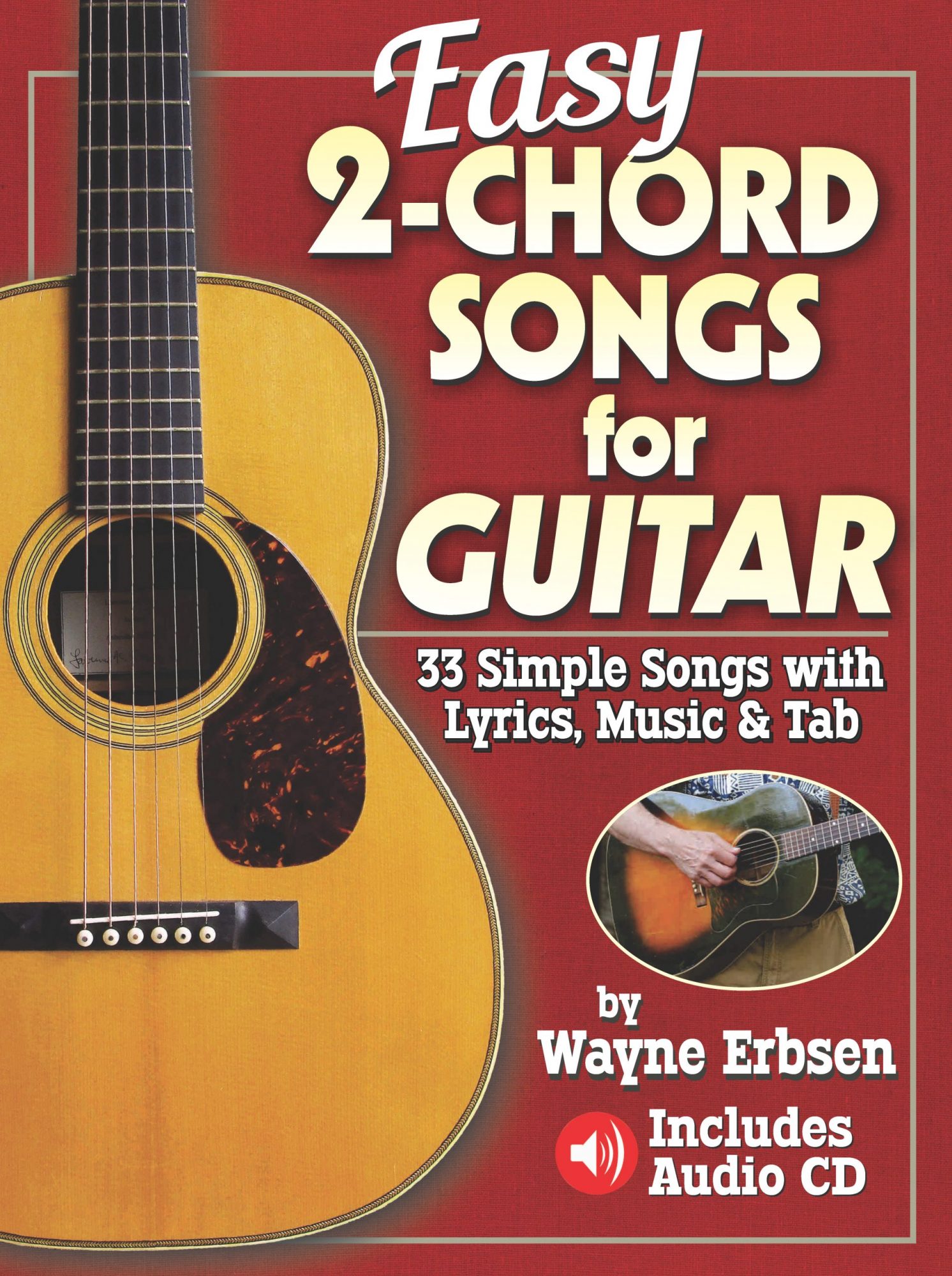
By Wayne Erbsen
Singing harmony is one of life’s truest pleasures, right behind pie and sex. For the moment, I’m not going to give you a complete lesson on singing harmony. You can find that in my book, The Bluegrass Gospel Songbook. Instead, I’m going to give you a partial harmony lesson and show you the simplest harmony part in bluegrass music. Why am I so sure that I’ve found the one song that surpasses all others in its simplicity? For the simple reason that the harmony part I’m about to show you has only one note. Yes, that’s





